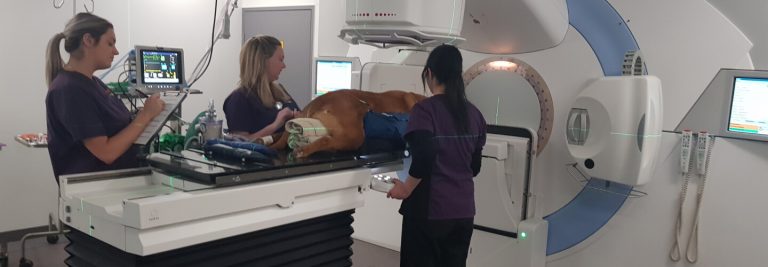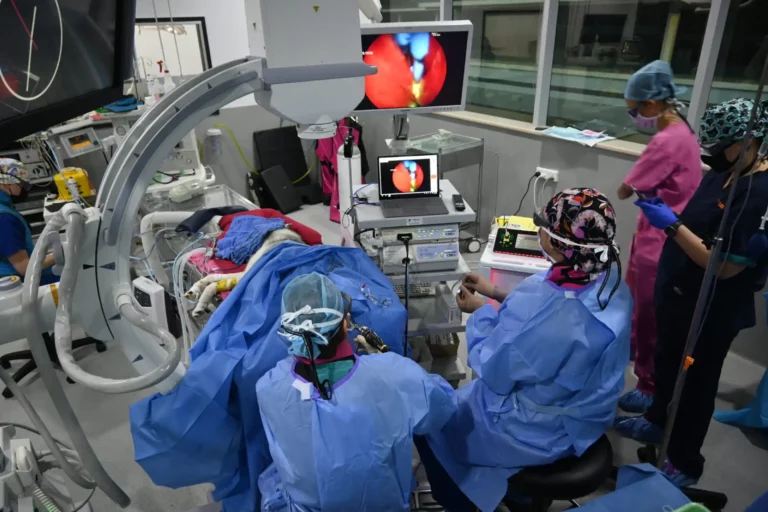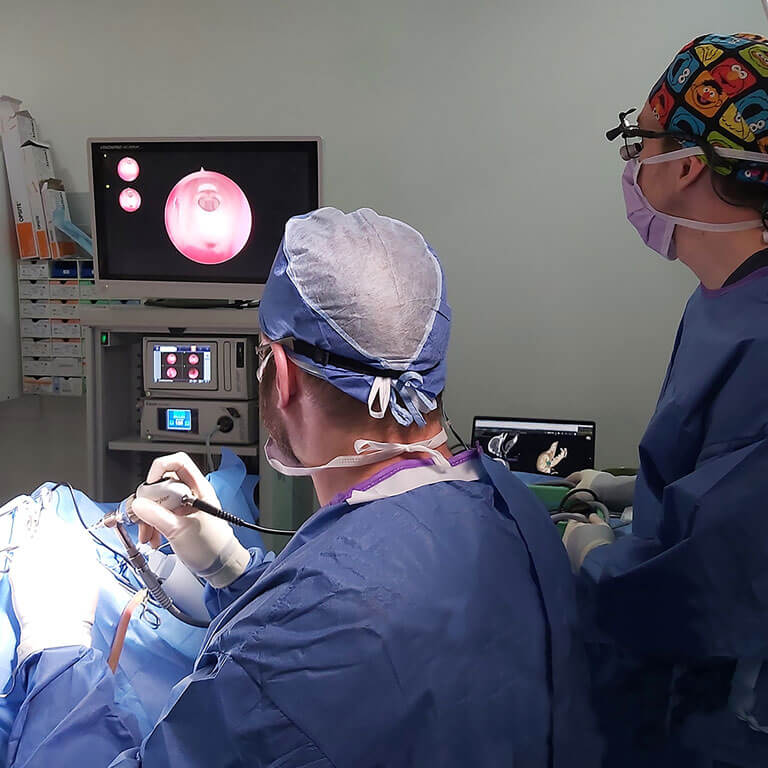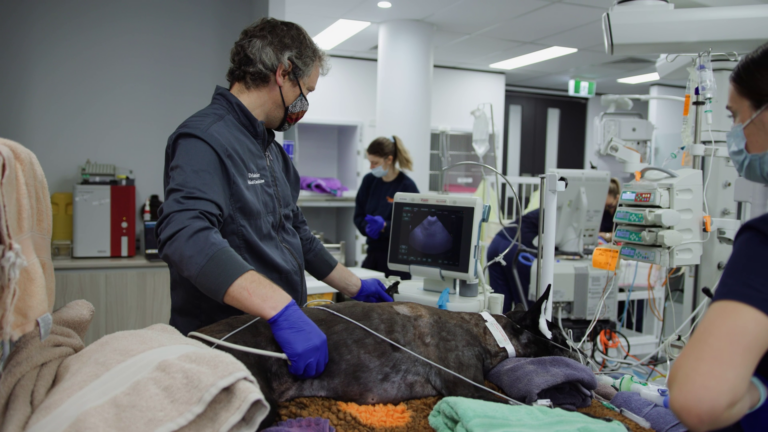Dialysis allows us to keep the patient alive and feeling well in the days, weeks or months that the kidneys may need to heal.
Extracorporeal therapy involves drawing blood from a patient, processing it in some way and then returning it to the patient. Haemodialysis is one form of extracorporeal therapy where a dialysis machine is able to extract small unwanted molecules from a patient’s blood, such as those that accumulate in renal failure.
Extracorporeal therapies also include plasma exchange, where plasma is removed from a patient and replaced with donor plasma. This is used commonly in immune mediated diseases such as immune-mediated haemolytic anaemia (IMHA), where antibodies can be removed by plasma exchange. Dogs with resistant disease and the worst prognostic indicators can still achieve similar or better success compared to average IMHA patients on medical management.
Different extracorporeal therapies can also be used to remove toxins, the most common being non-steroidal anti-inflammatory drug overdoses (aspirin, ibuprofen, meloxicam, carprofen, firocoxib, robenacoxib) and ethylene glycol (antifreeze).
These are not invasive procedures. The most invasive part of the procedure is a sedation to place a jugular catheter, or a short anaesthetic to place a feeding tube if the patient is not eating due to their disease process. Patents are conscious during this treatment, receive pats, attention and food. They are able to move around on a padded bed and can often be put on the floor to urinate. They are generally not sedated for the procedure.
Regardless of the disease process, the later we start these treatments, the less chance of a successful outcome, or the higher difficulty and expense managing them. Early treatment also reduces the risk of organ damage from toxins, and risks can be further reduced if the patient is healthier on arrival. The main situations where we are unable to perform a treatment is where a pet’s jugular veins are too bruised or battered from multiple blood draws.
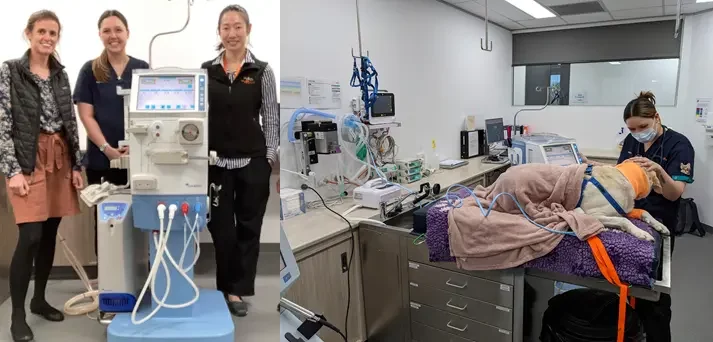
If your pet is deemed to be an appropriate candidate for extracorporeal therapies by the specialists at SASH, you would be called by either Dr Lucy Kopecny or Dr Bing Zhu to discuss your pet’s condition in more detail and assess whether extracorporeal therapies are truly appropriate. We would not proceed without discussing all considerations with you first (medical, emotional, and financial).
Dr Lucy Kopecny and Bing Zhu both underwent 3 years of specialist training at the University of California, Davis Veterinary Medical Teaching Hospital, the world’s leading haemodialysis and extracorporeal therapies unit. Dr Lucy Kopecny Australia’s only person to have completed a 2 year Fellowship in Nephrology and Urology, specialising even more in extracorporeal therapies and minimally invasive interventional therapies for the urinary tract. Dr Bing Zhu has also completed a 2 year Hemodialysis accreditation course run by UC Davis. Together, Bing and Lucy work as a team with Marina Baker, a specially trained Extracorporeal Therapies Nurse who helps run these intense treatments. If your pet is an extracorporeal unit patient, you may have many interactions with Marina. We will also soon to be joined by an additional Extracorporeal Therapies Nurse to increase our availability to more patients.
